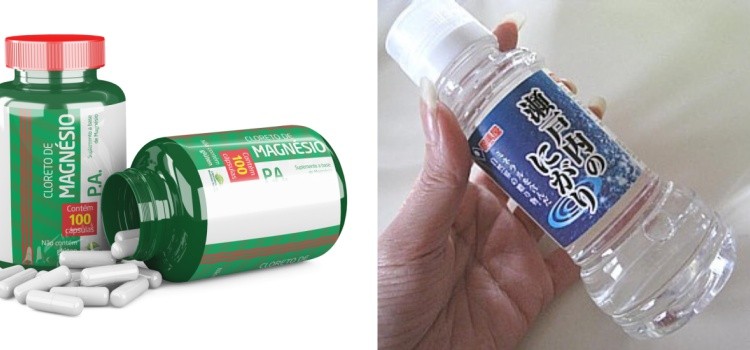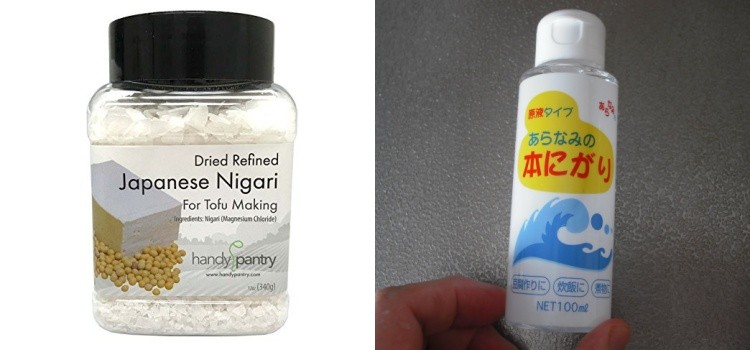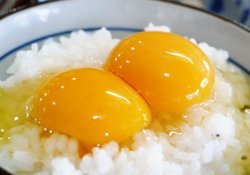In this Post, we will talk about a chemical element essential for human life and that has influenced the longevity of the Japanese. We know that Japan is one of the countries with the highest number of centenarians in the world and an archipelago full of volcanoes. Japan has a soil rich in magnesium, while in Brazil it is poor due to the use of chemical fertilizers.
Being present in the soil, makes plantations, water, including hot springs rich in this and several other minerals. In Brazil it is common to find the Magnesium chloride a kind of supplement that can be consumed daily for the benefit of health.
In Japan you find the Nigari a kind of magnesium found in the form of crystals or a kind of salt that ends up being used in the preparation of tofu, soy milk, miso and other drinks. Nigari is obtained from sea water through a process of filtration, centrifugation and concentration that gives rise to Nigari crystals.
Índice de Conteúdo
Types of Magnesium
Although magnesium is a chemical element, there are different types of magnesium that are marketed, each has a different function and indication.
- Magnesium Chloride – To detoxify cells and tissues, stimulate metabolism;
- Magnesium hydroxide - Milk of magnesia
- Sulfate - Epsom salt / Bitter salt - To relieve asthma and relax muscles (dangerous);
- Citrate – Used as a mild laxative and against constipation;
- Oxide – It has a poor absorption rate;
- Chelate - For headache and migraine;
- Taurate – For people with cardiovascular problems;
- Malate - For people suffering from fatigue;
- Glycinate – Less likely to induce diarrhea;
- Carbonate – For those suffering from indigestion and acid reflux;
- Glutamate and Aspartate – Avoiding is dangerous;
Each type of Magnesium has other chemical compositions present, so we do not recommend taking any before consulting a doctor. The most common that can be consumed without a problem is magnesium chloride.
Health Benefits of Magnesium
The health benefits of Magnesium are enormous. He is essential to becoming a human and has done a good job in Japan making the Japanese look young and has preserved the lives of the elderly for longer. Below is a gigantic list of benefits of consuming Magnesium:
- It works as a blood purifier;
- It is rich in calcium, strengthening the bones.
- Helps to eliminate the acid that builds up in the kidneys;
- Stimulates brain functions and nerve impulse transmission;
- It stimulates the proper functioning of the cardiovascular system;
- Lowers bad cholesterol levels;
- It is a powerful anti-stress;
- Prevents problems like hemorrhoids;
- Avoid cramps;
- Combats fatigue and helps prevent muscle fatigue.
- Combat and prevent muscle injuries;
- Regulates body temperature;
- Prevents prostate problems;
- Combat cancerous tumors;
- Strengthens the immune system;
- Prevents premature aging;
- Prevent osteoporosis;
- Prevents the formation of kidney stones;
- Decreases PMS symptoms and stimulates hormonal regulation;
- Fights free radicals, preventing tumors and warts.
- Promotes the cleansing of the arteries, preventing atherosclerosis;
- Help regulate blood pressure and fight hypertension;
- Prevent stroke;
- Help with intestinal problems and colic;
- Help to combat depression;
- Help fight against epilepsy;
- Help combat multiple sclerosis;
- Help fight Parkinson's;
- Avoid kidney stones;
- Help with dizziness and nausea;
- Help against thyroid, bronchitis, and asthma.
- Help in maintaining a healthy weight;
- Improve sleep;
- And several others;
The only contraindication for magnesium consumption is for people suffering from diarrhea, and some kidney diseases. Remembering that when taking antibiotics, chloride can decrease the efficiency of some of them.
Magnesium-rich foods
Magnesium is usually present in the sea and on the ground. So basically most of the planted foods can be rich in magnesium if the country has a rich soil in that sense. The fact that Japan is surrounded by the sea and has many volcanoes influences this. However there is a list of foods where you can find Magnesium, we will see below:
- Walnuts, coconut, almonds, and chestnuts;
- Seaweed, fish, green leaves;
- Fruits like banana, apricot, peach, and plum;
- Pure cocoa and bitter chocolate;
- Avocado, sweet potato, alfalfa sprouts;
- Cereals such as oats and brown rice;
- Pumpkin seed, sesame, sunflower, lentil, and pea;
- Brewer's yeast, quinoa, and others;
The article is still halfway through, but we recommend also reading:
Symptoms of Lack of Magnesium
If the person suffers from a lack of magnesium he may experience the following symptoms:
Dizziness, nausea, loss of appetite, constipation, headaches, dizziness, weakness and constant tiredness, pressure in the chest, difficulty in swallowing, feeling of "lump" in the throat, tremors and insomnia.
If the deficiency is severe: frequent cramps, blurred vision, swelling and tingling in the extremities, photophobia (sensitivity to light), convulsions, mood swings, hallucinations and delirium, abnormal heart rhythm, cartilage degeneration and others.
Therefore, we strongly recommend foods rich in this mineral or even start taking magnesium chloride for the sake of your health! What did you think of the article? Did you already know these thousands of benefits? Have you ever felt the results?









